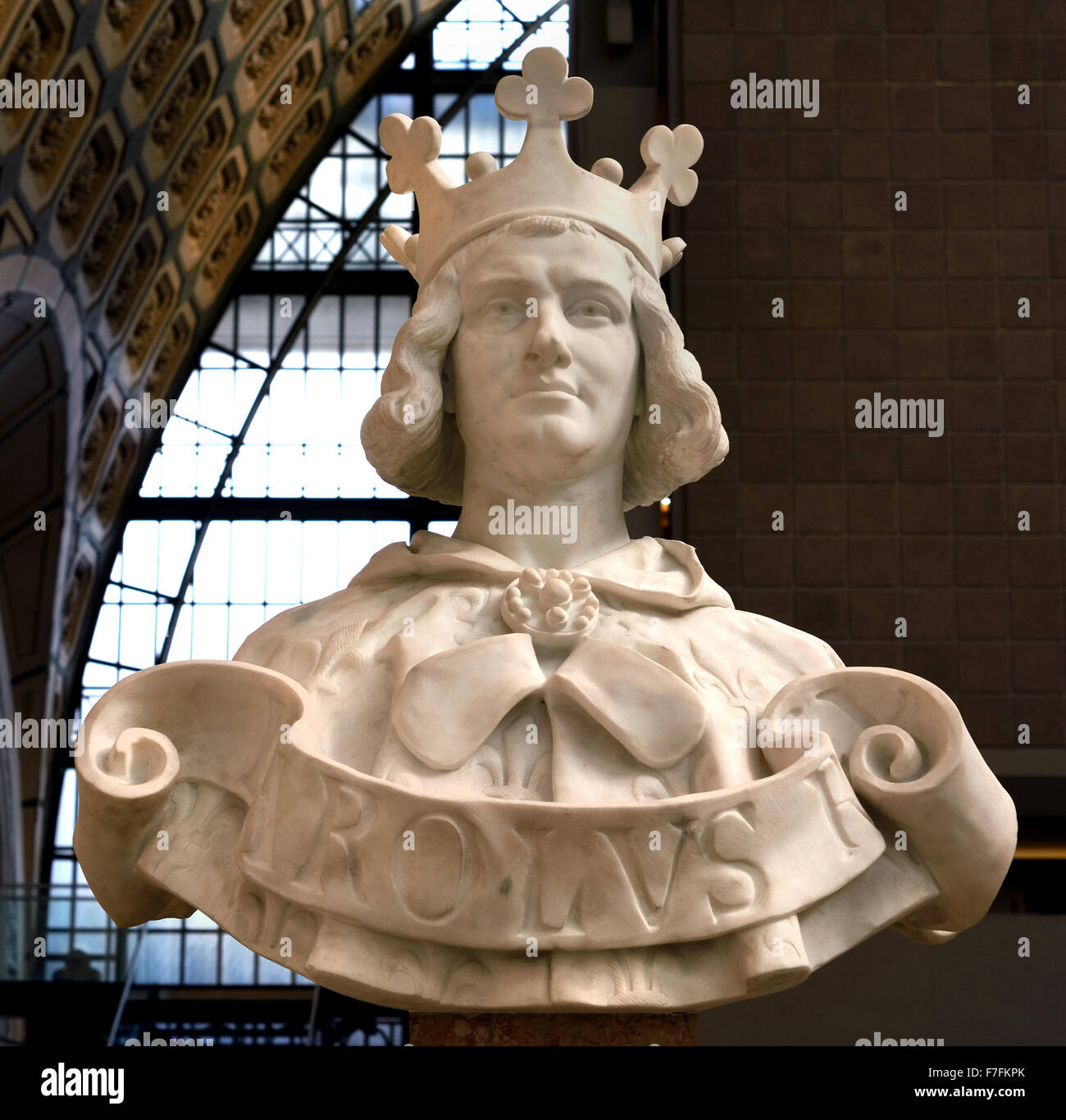
Iago’s relics were brought in the royal palace, where they have remained for 6 months, in the hope that the King should be healed. įrom the earliest years of life, Charles II was exorcised in the attempt to heal him, and all the exorcists from the kingdom were summoned in order to question the demons they used to expel. Nevertheless, further researches showed that the strong preference for endogamy within the Spanish branch of the Habsburg royal family led to its segregation toward the neighbor communities and the emergence of consanguinity.

Both him and the people he ruled believed that his mental and physical incapacity were due to a “witchcraft act”. He is known in history as El Hechizado ( the Bewitched). The mandible of Charles II was so badly deformed that he could barely speak or chew, and thus he had to swallow his food almost entirely, which often caused him indigestions and vomiting (Fig. Due to his incapacity, the years of the reign of Charles II were years of agony for Spain his mother was regent most of his reign.Īs mentioned above, the king was not only mentally retarded but also physically disabled and disfigured by a mandibular prognathism, condition inherited from the Habsburg family (an extreme example of the so-called Habsburg jaw), which had been noticed in his forefather, Charles V, who had the same prominent jaw (Fig. He was treated like a baby until the age of 10 and fearing that this fragile child shall be overworked, he was left completely uneducated. Aged 6–10 years, he had measles, varicella, rubella, and smallpox. Furthermore, throughout his life, he has been suffering from a number of different diseases, and he did not speak until the age of 4 or walk until the age of 8–10. The king was physically disabled, disfigured, mentally retarded, and he proved impotent, since no children were born from his 2 marriages.

The head is covered with scabs, a kind of channel or drainage that oozes underneath the right ear. Interestingly, not long after, a report sent to the French King Louis XIV described a totally different situation: “the prince seems extremely weak, he has a herpetic on both cheeks. La Gaceta de Madrid spread the word of his birth, describing the crown prince as “a robust man, very handsome.a proportionate head, black hair.”.

Portrait of Charles V, Bernard van Orley (circa 1515–1516), Museum of Fine Arts, Budapest ( c) (public domain). King Charles II, Claudio Coello (1675–1680), The Prado Museum, Madrid ( b). Charles II of Spain, Juan Carreño de Miranda (circa 1685), Museum of Art History, Vienna ( a).


 0 kommentar(er)
0 kommentar(er)
